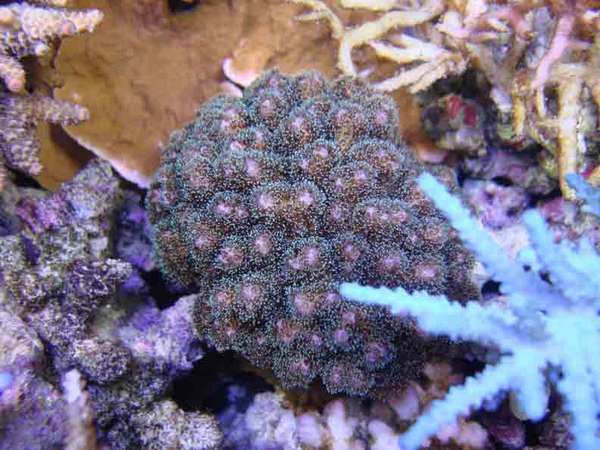
 |
|
#1
|
|||||
|
|||||
|
Looking for a proper ID on this coral. Am I correct to assume it's a "cats paw" stylo? I thought I'd have some fun with a camera zoom-in sequence. When I got zoomed in on this thing it reminded me of that old "flying through space" screen saver. Makes my eyes go all
 sort of close  closer yet  even closer 
__________________
 Greg |
|
#2
|
|||||
|
|||||
|
I'm pretty sure that coral is called a "Ruth needs a frag of that" coral. It is very rare - but I notice that you have a few others in your tank with the same name
|
|
#3
|
|||||
|
|||||
|
ruth i think you are close but scientific name is colinneeds afrag ofthat. you were close though.
|
|
#4
|
||||
|
||||
|
i have no clue what its called....but would love a frag of it......are you thinking of doing any frags from it? Let me know
|
|
#5
|
|||||
|
|||||
|
Quote:
 |
|
#6
|
||||
|
||||
|
Looks like Pocilliopora to me.
__________________
This and that. |
|
#7
|
|||||
|
|||||
|
Wow you guys are very scientific, although it seems corals may not be an exact science yet.
__________________
 Greg |
|
#8
|
|||||
|
|||||
|
Most likely it's Pocillopora damicornis; It could be Stylophora pistillatta - but polyp shape seems to be slightly off - So my bets are on P. damicornis.
|
|
#9
|
|||||
|
|||||
|
Definitely not Stylopora. Most probably Pocillopora.
I'll see if I can find a pic of my old Stylo ... Here's one I used to have: 
__________________
-- Tony My next hobby will be flooding my basement while repeatedly banging my head against a brick wall and tearing up $100 bills. Whee! |
|
#10
|
|||||
|
|||||
|
Very nice piece, seems like a pink base, green polyp pocillopora to me.
Probably the same as this: http://members.shaw.ca/reefblog/reef...pink_green.htm
__________________
120 gallon mixed reef |